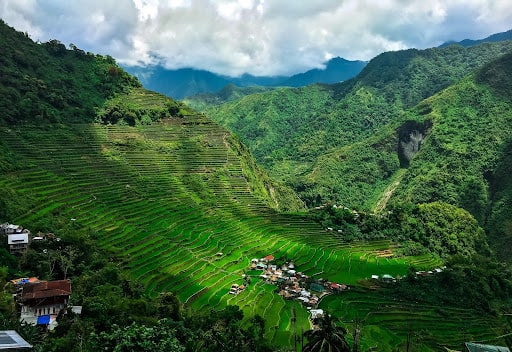
As a traveler to the Philippines, it’s important to comply with all of the government’s rules and regulations for entry. The Philippines does not require a visa for citizens of many countries to travel there. However, the following must be present:
· Passport valid for at least six months beyond the intended period of stay
· A round-trip flight schedule
· Reservations for hotel
· If necessary, a school or company id.
According to new travel requirements to the Philippines, passengers flying to the country must register with the One Health Pass (OHP) and submit an Philippines electronic Health Declaration Card (eHDC).
During COVID-19, the Philippines has an online system to safeguard public health.
This page contains all the necessary information regarding what you’ll need to travel to the Philippines.
What do you Need to Travel to the Philippines?
Before departure
1. Every traveler, including children, must obtain an OHP Registration.
2. If you do not have a permanent address in the Philippines, you may provide your company address or the address where you will stay after your quarantine period in the “permanent residence” area.
3. Effective from December 3, 2021, all travelers must obtain and demonstrate a negative pre-departure RT-PCR test obtained within 72 hours of departure from a MOH-approved test provider, off-site test provider, or clinic.
4. Choose a quarantine facility/hotel (QF/QH) from the list of DOT-accredited quarantine hotels. For vaccinated travelers, quarantine is required for 14 days, with at least five (5) days spent at a QF/QH of choice; and, for Unvaccinated travelers, quarantine is required for 14 days, with at least seven (7) days spent at a QF/QH of choice.
5. Update your OneHealthPass/OHP registration on the day of your departure (seat number, health declaration, RT-PCR test results, and other details). Your transaction number and last name must be entered. The QR code generated can be saved or printed out. Your registered e-mail address will also be used to send the OHP QR Code to you.
6. Pre-book your RT-PCR swab test upon arrival. Bookings can be made through your quarantine facility, online platforms such as the Red Cross electronic Case Investigation Form (e-CIF), or any DOH-accredited private testing facility.
7. Prepare a printout of your digital vaccination certificate from notarise.gov.ph, complete with QR Code)1 /WHO International Certificate of Vaccination (ICV)/”Yellow Card” and a negative pre-departure RT-PCR test result.
During the Flight
Properly fill out the Arrival Card and Customs Declaration Form that the flight attendant provides.
Upon Arrival
1. Go to the One-Stop-Shop Holding Area to learn more about health and safety procedures.
2. At the DOT Help Desk, present your OHP QR Code.
3. Once the Bureau has cleared you of Immigration, you can proceed to baggage claim and customs.
4. Use an accredited transportation service or make arrangements for your own transportation (airport taxi for non-OFWs and foreigners).
What to do in the Philippines?
The Philippines is a stunning country with more than 7,000 islands. An increasing population and a wide variety of natural elements make this country a challenge. There are 20 active volcanoes on the islands, and the region is prone to typhoons and other severe weather. The country itself, despite its flaws, is breathtakingly gorgeous and home to numerous natural wonders.
The best thing to do in the Philippines is to relax on the island of Boracay. Even though the island is barely 7 kilometers long and 500 meters broad at its narrowest point, tourists flock to it because of its stunning natural beauty. White Beach, the main attraction, is a four-kilometer strip of white sand flanked by restaurants, hotels, and dive shops. Travelers can expect a night of non-stop entertainment thanks to the island’s numerous parties and live music performances.
Visiting Puerto Princesa Subterranean River National Park will leave you feeling as if you’ve just witnessed something truly magnificent. The region is well-protected, and its cave system is astoundingly intricate. Flowing through the caves for 8.2 kilometers, the river eventually joins the ocean. One of the Seven Natural Wonders of the World is the Puerto Princesa Underground River. Paddle Boats are a great way to explore the river and the rock formations, as well as the tens of thousands of bats that call this place home.
You must not miss the Banaue Rice terraces while in the Philippines. Because of its sheer majesty, the Banaue Rice Terraces have been called the “Eighth Wonder of the World” by many. The terraces dating back 2,000 years, were cut into the Ifugao Mountains using only a few tools. For centuries, the terraces grew vegetables and rice, while the adjacent rainforests provided natural irrigation.